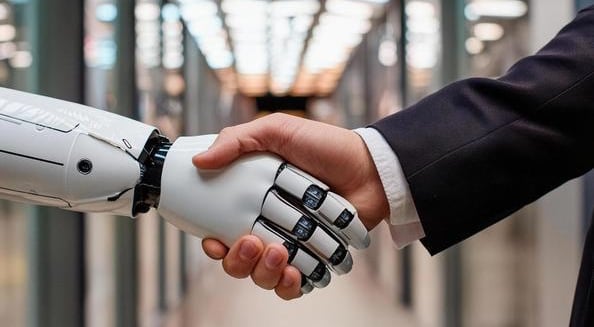The Psychology of AI Relationships: How We Connect with Machines (and What’s Next)
From chatbots to virtual companions, humans are forming real bonds with AI. Here’s a look at how we psychologically interact with artificial intelligence today — and how those connections might evolve in the future.
7/14/20251 min read


What happens when you talk to an AI — and it talks back like a friend?
Or a coach?
Or… something more?
We’re entering a world where people aren’t just using AI — they’re forming relationships with it. And whether that excites or unnerves you, it’s already happening.
🧠 Why Humans Bond with AI
At the core, humans are wired for connection. Our brains seek patterns, faces, voices — and emotional feedback.
When AI provides that in a natural, responsive way (like ChatGPT, Replika, or even Siri), our brains light up as if we’re engaging with a real person.
This is known as the “ELIZA effect” — named after one of the first chatbot experiments in the 1960s, where users emotionally bonded with a simple text program.
💬 How We Interact with AI Today
Companionship: Apps like Replika offer virtual friendship — some users even report romantic feelings.
Coaching and Support: Mental health chatbots provide guidance, support, and a judgment-free zone.
Creative Collaboration: Writers, artists, and coders treat AI like a creative partner, brainstorming and problem-solving together.
What was once novelty is now emotional utility.
🔮 What the Future Could Hold
Imagine AI with:
Persistent memory of your conversations
Emotional awareness algorithms
Adaptive learning based on your mood and goals
In the future, AI relationships could become personalized companions — mentors, friends, or assistants that grow with you.
Some see this as a risk (dependency, replacing human interaction). Others see it as a tool for connection in an increasingly isolated world.
⚖️ Final Thought
Our bond with AI is still in its early days — but like any relationship, it reflects what we bring to it.
The key question isn’t “Will we connect with AI?” — it’s “How do we make sure that connection supports human growth, not replaces it?”
Don't Miss The Wave
Explore AI's benefits for everyday people today.
Contact
what's new in ai
info@dontmissthewave.com
© 2025. All rights reserved.
